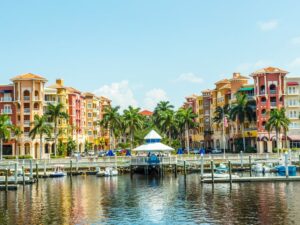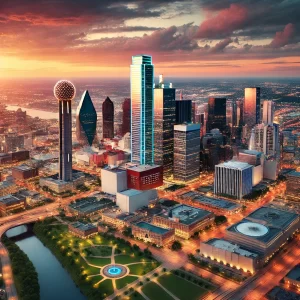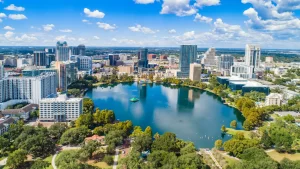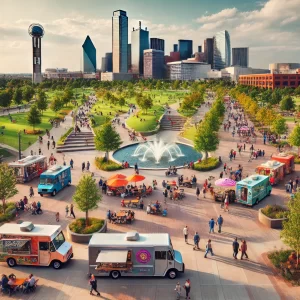Sao Paulo
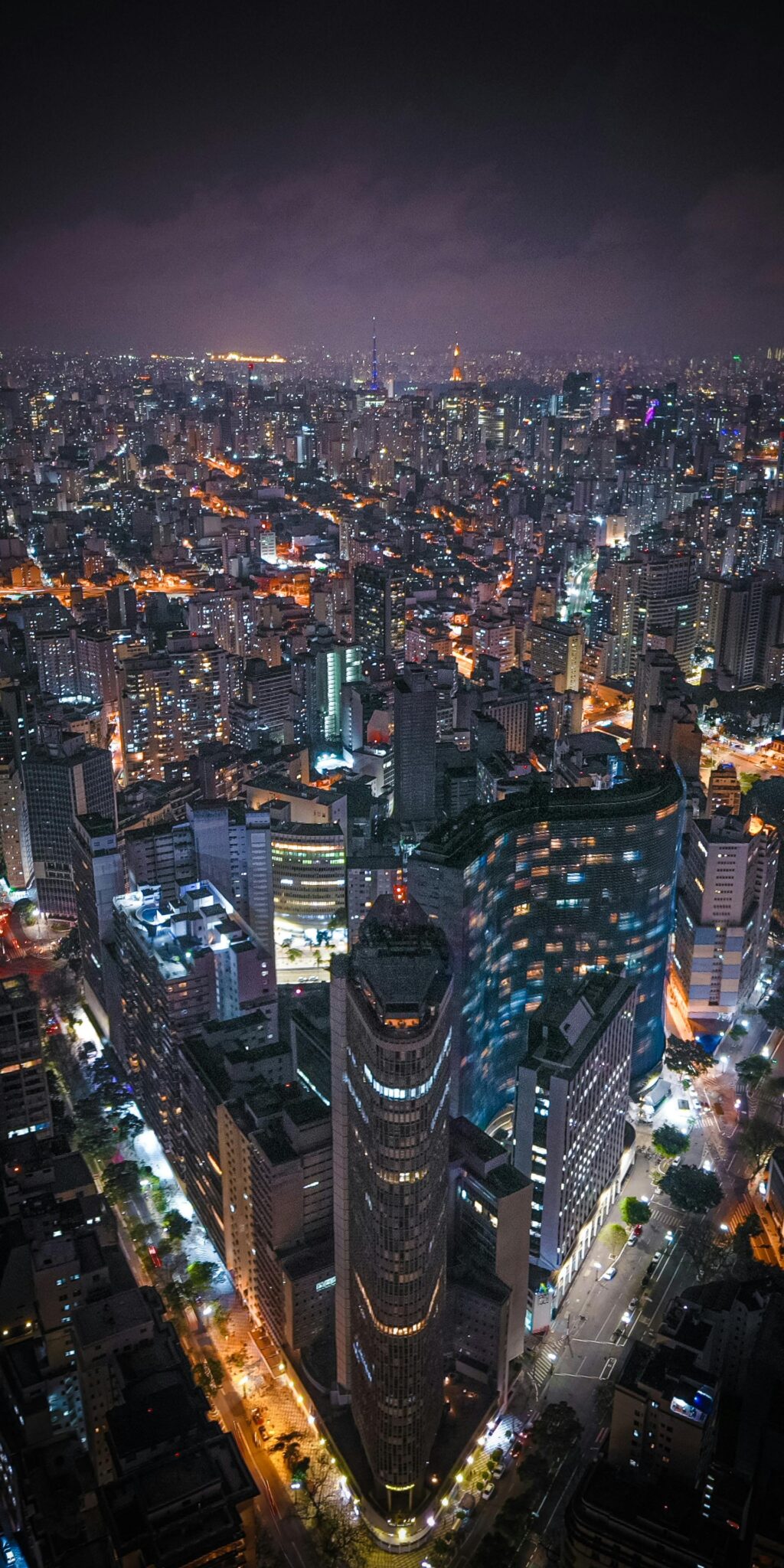
Sao Paulo, the largest city in Brazil and one of the largest in the world, is known as the financial, cultural, and gastronomic heart of the country. With a vibrant and diverse population, the city offers options for all tastes, from art and culture to world-class cuisine.
Culture and History
The Sao Paulo Carnival is one of Brazil’s most vibrant cultural events, showcasing the city’s rich diversity and its status as a hub of creativity and expression. While often overshadowed by the Rio de Janeiro Carnival, Sao Paulo’s celebration has carved out its own unique identity, blending traditional samba school parades with modern influences.
Highlights of the Sao Paulo Carnival
Samba School Parades
- Where: Anhembi Sambadrome, a purpose-built venue designed to host the parades.
- When: Typically held during the official Carnival period, which falls in February or March, depending on the date of Ash Wednesday.
-
The Sao Paulo Carnival offers an accessible, eclectic, and authentic Brazilian Carnival experience. Its mix of grand performances and grassroots street parties ensures there’s something for everyone, whether you’re a fan of samba, looking to party, or eager to immerse yourself in Brazilian culture.
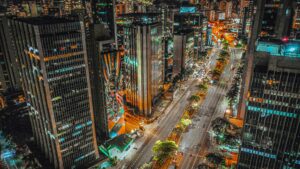
- Avenida Paulista
- The main symbol of Sao Paulo, featuring museums such as MASP (Sao Paulo Museum of Art) and ItauCultural.
- On Sundays, the avenue is closed to cars, becoming a pedestrian space filled with music, street art, and food trucks.
- Historic Center
- Visit the Municipal Theater, Patio do Colegio (where the city was founded), and the majestic Sao Paulo Cathedral.
- Don’t miss the Altino Arantes Building (Farol Santander) for panoramic views of the city.
- Museu do Ipiranga
- Recently renovated, this museum is a key symbol of Brazil’s independence, surrounded by beautiful gardens.
- Pinacoteca de Sao Paulo
- One of Brazil’s most important art museums, offering permanent and temporary exhibitions.
- Located next to Parque da Luz, perfect for a leisurely stroll.
- Liberdade Neighborhood
- A district with Japanese influence, filled with shops, weekend street markets, and authentic Asian restaurants.
- The Sao Paulo Municipal District of Liberdade is one of the city’s most vibrant and culturally rich areas, celebrated for its strong Japanese influence and lively atmosphere. Here’s what makes it special:
Liberdade is located near Sao Paulo’s downtown area and has been a hub for Japanese immigrants since the early 20th century. Over time, it has evolved into the largest Japanese community outside Japan. Today, it showcases a blend of Japanese, Chinese, and Korean cultures, making it a unique multicultural destination.
Key Highlights
1. Torii Gate (Liberdade’s Symbol)
At the entrance to Liberdade, visitors are greeted by a traditional Japanese torii gate, symbolizing the neighborhood’s identity and cultural heritage.
2. Asian Marketplaces

Liberdade is famous for its street markets, particularly on weekends, when local vendors set up stalls offering Japanese and Asian crafts, accessories, and delicious street food like takoyaki, yakisoba, and mochi.
3. Restaurants and Shops
The neighborhood is a food lover’s paradise. You’ll find numerous authentic Japanese restaurants serving sushi, ramen, tempura, and more. There’s also a range of Asian-themed stores selling imported goods, from snacks to home decor.
4. Cultural Landmarks
- Bunkyo (Brazilian Society of Japanese Culture and Social Assistance): A cultural institution that promotes Japanese traditions and hosts various events and exhibits.
- Museum of Japanese Immigration: A fascinating museum documenting the history and contributions of Japanese immigrants in Brazil.
- Liberdade Square (Praca da Liberdade): The heart of the neighborhood, surrounded by lantern-lit streets that glow at night.
5. Festivals
- Tanabata Matsuri (Star Festival): Held in July, this annual festival is filled with colorful decorations, performances, and traditional Japanese customs.
- Chinese New Year Celebrations: Reflecting the multicultural nature of Liberdade, this event showcases Chinese traditions, dragon dances, and delicious food.
6. Traditional Lanterns
The streets of Liberdade are lined with distinctive red and white lanterns, creating a magical ambiance, especially at night.
Getting There
Liberdade is easily accessible by public transportation. The Liberdade Metro Station (Blue Line 1) connects directly to the neighborhood, making it convenient for visitors to explore.
Why Visit?
Whether you’re a foodie, a culture enthusiast, or simply curious about Japan’s influence in Brazil, Liberdade offers a unique and unforgettable experience. It perfectly combines the energy of Sao Paulo with a touch of East Asia.
Nature and Green Spaces
- Ibirapuera Park
- One of the world’s largest urban parks, ideal for picnics, sports, and visits to museums like MAC (Museum of Contemporary Art) and MAM (Museum of Modern Art).
- Botanical Garden
- A tranquil haven, perfect for nature lovers.
- Horto Florestal
- Located in the northern zone, great for hiking and spotting wildlife such as monkeys and birds.
Food and Restaurants
Sao Paulo is famous for its culinary diversity, reflecting its multicultural heritage.
Fine Dining
- D.O.M. (Alex Atala)
- One of the world’s best restaurants, specializing in Amazonian ingredients.
- Mani Tete a Tete (Helena Rizzo) A mix of Brazilian cuisine with modern touches.
- Brazilian haute cuisine in a sophisticated setting.
International Cuisine
- Riviera Bar
- A historic bar offering a great cocktail menu and refined dishes.
- Tan Tan Noodle Bar
- Inspired by Japanese izakayas, with delicious Asian dishes.
- Basilicata
- An Italian restaurant with a century-old bakery in the Bixiga neighborhood.
Brazilian Food
- Consulado Mineiro
- Perfect for trying traditional dishes from Minas Gerais.
- Casa do Porco
- Specializing in pork dishes, it’s ranked among the top restaurants globally.
- Veloso Bar
- Famous for its award-winning coxinhas (fried chicken croquettes) and caipirinhas.
Bars and Nightlife
- Bar do Cofre
- Located inside the former vault of the State Bank of São Paulo, offering a unique cocktail experience.
- Vila Madalena
- A bohemian neighborhood filled with bars and nightlife, including O do Borogod O for live samba.
- Beco do Batman
- A famous graffiti-covered area surrounded by cool bars.
Shopping
- 25 de Marco Street
- Perfect for bargain hunters looking for a wide variety of products.
- Iguatemi Shopping Mall
- A luxurious mall featuring both national and international designer brands.
- Benedito Calixto Market
- An antique and craft market held on Saturdays.
The Municipal Market of Sao Paulo
Located in the historic heart of Sao Paulo, the Municipal Market, affectionately known as the Mercadao, is a landmark destination for food lovers, culture enthusiasts, and curious travelers. Since its opening in 1933, the market has become synonymous with the city’s culinary identity and diverse flavors.
Historical and Architectural Marvel
The market’s building is a blend of functionality and beauty, featuring neoclassical architecture. Its stained-glass windows, crafted by Russian artist Conrado Sorgenicht Filho, vividly portray scenes of Brazilian agriculture, such as coffee, sugarcane, and other important crops. These artworks highlight the deep connection between Sao Paulo and its agricultural roots.
Culinary and Cultural Diversity
Spanning over 12,000 square meters, the Mercadao houses more than 300 stalls, making it one of the largest and most varied food markets in Brazil. The lively atmosphere is a testament to the vibrancy of Sao Paulo, and the market offers a wide range of high-quality products:
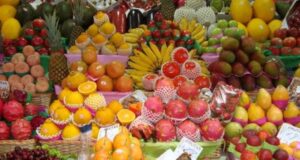
- Meats and Seafood: From premium beef cuts to fresh fish and seafood, the quality is top-notch.
- Spices and Herbs: A kaleidoscope of flavors, from Amazonian pepper blends to classic saffron.
- Cheeses: Featuring local Brazilian cheese varieties such as Minas cheese, as well as international options.
- Other Goods: Artisanal sweets, fresh bread, oils, coffee, and cachaca (a traditional Brazilian spirit).
A Must-Try Culinary Experience
The Mercadao is best known for two gastronomic icons:
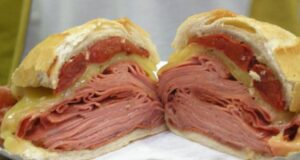
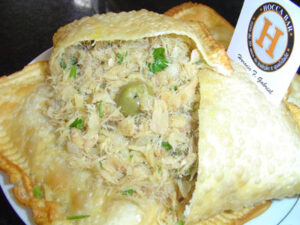
Both dishes are staples for locals and tourists alike, capturing the essence of Sao Paulo’s love for bold flavors and comfort food.
Atmosphere and Visitor Tips
- The market’s ground floor is bustling with vendors eager to share their goods, often offering free samples to entice shoppers.
- For a more relaxed experience, head to the mezzanine level, where several restaurants and bars provide a scenic view of the market below. It’s a great spot to enjoy your meal and take in the lively energy.
- Timing: Visiting in the morning allows you to explore at a leisurely pace before it gets too crowded. Lunchtime is ideal for enjoying freshly prepared dishes.
Practical Details
- Address: Rua da Cantareira, 306 – Centro, Sao Paulo.
- Hours: Typically open from early morning to late afternoon, though exact times may vary by vendor.
- Best Time to Visit: Weekdays are less crowded, but weekends offer a more vibrant and energetic vibe.
The Mercadao is more than just a market—it’s a microcosm of Sao Paulo’s rich cultural tapestry and a testament to Brazil’s culinary abundance. Whether you’re sampling exotic fruits, indulging in the iconic mortadella sandwich, or simply soaking in the bustling ambiance, the Municipal Market is an unmissable experience for anyone visiting Sao Paulo.
